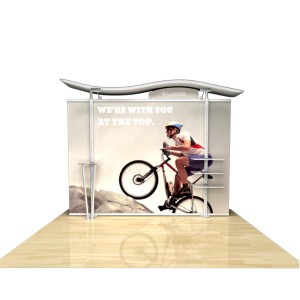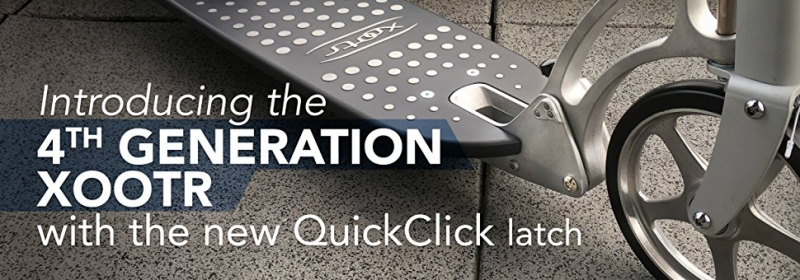Coffee and Wine: a Match Made in Heaven
Can coffee and wine go together? Should they, even? It turns out the answer could be a resounding ‘yes’ in terms of the taste and zing factor when taken in moderation.
Not only can coffee and wine be enjoyed together, but each contributes something to the other. This is not, however, about combining two finished drinks. If you were to pour your espresso into your Merlot, you probably wouldn’t enjoy the result.
There’s a science to combining these two drinks to give you the best of both worlds.
Let’s take a look at why coffee and wine are a match made in heaven!
The monks did it first
This may not be a reason to say that this is a match made in heaven, but the story goes that the first mixture of coffee and wine happened in a monastery. As early as the 1880s, some French monks (who, one imagines, must have been wine drinkers) showed up to a Benedictine monastery in Devon, England. These monks began adding caffeine to the monastery’s supplies of Spanish wine. A new beverage was born – caffeine-fortified wine, baptized Buckfast.
The British newspaper The Guardian describes Buckfast as ‘a drink with almost supernatural powers of destruction’. Originally used as a tonic, today, Buckfast supporters enjoy its highly caffeinated effects: one serving of Buckfast has about the same caffeine levels as eight cans of Coke. Its popularity has reached as far as China.
Cold-brew coffee-infused wine
Some say that coffee can boost the flavor of wine. Cold-brew coffee-infused wine is reported to taste like wine, yet finish with a coffee flavor. Some say that adding the coffee to the wine reduces its acidity and makes it almost like a sweet and smooth dessert wine.
Cold-brewed coffee can indeed reduce the acidic compounds that hot water draws from coffee grounds, as any seasoned coffee drinker will tell you. Some say cold-brewed coffee makes for a fruitier coffee with a deep flavor, much like dark chocolate or a dry and deep red wine.
The most well-known cold-brewed, coffee-infused wine is Apothic Brew, which claims that it “brings together red fruit notes and subtle mocha essences of cold brew.”
You can do this at home, provided you are prepared to put in a bit of time and effort.
First, put 1 cup of coffee granules and 1 cup of white sugar into a large glass container. Add 2 cups of hot and then 2 cups of cold water. Stir to dissolve the sugar and coffee. Then add another 1 1/2 cups of cold water and check the temperature. You want the temperature to reach 85°F.
Now add 1/8th teaspoon wine yeast. Pour the mixture into bottles and store them in a dark and warm place. Leave them for 30 days (this allows the sugar to be absorbed).
Next, transfer the mixture into different bottles without tipping out the yeast mixture that has settled to the bottom. Store these bottles in the refrigerator for 24 hours.
Now mix one teaspoon of gelatin powder in 3/4 cup cold water (you want 2 tablespoons of water per bottle, so adjust accordingly). Leave this mixture for 30 minutes to allow the water to absorb the gelatin.
Heat the gelatin/water mixture until it reaches 150°F. Pour 2 tablespoons into each bottle and stir gently. Put your bottles back into the refrigerator and keep them there for 7 days.
Finally, pour the wine through a coffee filter cone or fine mesh, and you’re finished!
If you want to get a first-hand look at how wine is made and how coffee can be incorporated into the process, check out Wilson Creek Winery for a beautiful vineyard and an amazing selection of wines.
Wine-infused coffee works too
Entrepreneur Rick Molinari launched a relatively new trend these past few years, wine-infused coffee in Napa Valley, California in 2014. When an earthquake hit Northern California, Molinari was obliged to put his plans on hold, but he managed to relaunch an improved version in 2017, which was a quick sell-out.
How do you make it? Typically, the coffee beans are soaked in wine immediately after being picked, absorbing alcohol and the fruity wine flavors in the process. You then dry and roast the beans just as you would ordinary coffee beans.
Molinari imports his beans, roasts them first, and then rehydrates them in red wine. Then he dries them and roasts them again.
The resulting coffee can be used to make espresso shots, cold brews, or lattes.
If you want to give this a try, get yourself a coffee pot like the ones at https://unocasa.com, some Wilson Creek Wine, and experiment!
Curiously, it seems that the more milk you add to your wine-infused coffee, the more it will taste like wine!




